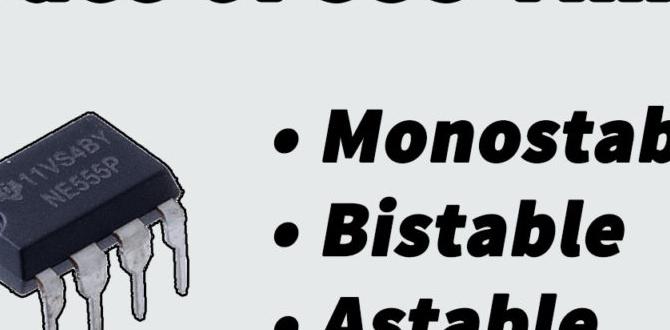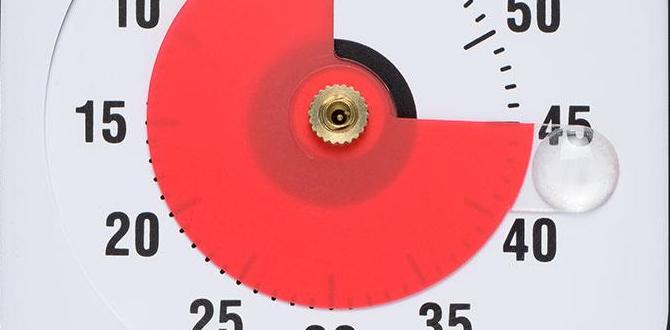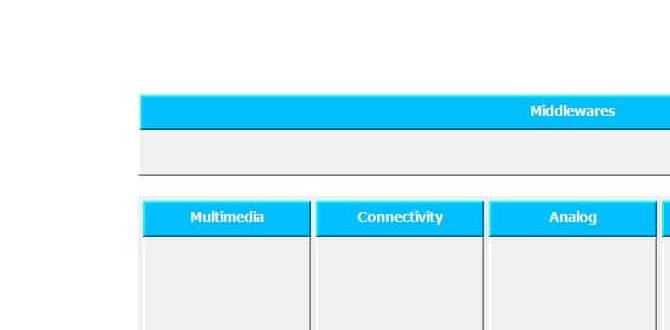Now, let’s dive into the exciting world of STM32 timers and discover how they can revolutionize your microcontroller projects.
Timer Modes

Basic Timer Mode
The basic timer mode is simple yet powerful, primarily used for generating precise timing delays. It operates independently of the CPU and counts based on the configured clock source. The basic timer mode is perfect for applications that require accurate timing, such as generating time delays or triggering periodic events.General Purpose Timer Mode
The general-purpose timer mode provides enhanced features and flexibility compared to the basic timer mode. It supports multiple counting modes, such as upcounting, downcounting, and up/downcounting, making it suitable for a wide range of applications. Additionally, the general-purpose timer mode offers advanced functionalities like input capture and output compare, enabling precise event detection and control.Advanced Timer Mode
The advanced timer mode is the most feature-rich and versatile timer mode in the STM32 series. It combines the functionalities of both basic and general-purpose timers, offering a comprehensive set of features suitable for complex timing tasks. The advanced timer mode supports advanced functionalities like pulse width modulation (PWM) generation, encoder mode, and DMA capabilities, making it a preferred choice for demanding applications.Timer Features

Clock Sources and Prescaler
The timer can be driven by various clock sources, including the system clock, internal/external clocks, or the timer-specific clock source. The prescaler allows developers to adjust the timer’s clock frequency, providing fine-grained control over the timer resolution.Counter Modes
The counter mode defines the counting direction and behavior of the timer. It can be configured to count upwards, downwards, or in both directions. The counter mode also offers options for automatic reload, enabling continuous counting or one-time counting.Output Compare Mode
The output compare mode is a powerful feature that allows the timer to generate output signals based on predefined compare values. This mode is commonly used for generating PWM signals or triggering events based on specific timing conditions.Input Capture Mode
The input capture mode enables the timer to capture external events by recording the timer value when an event occurs. This mode is useful for measuring the frequency or duration of external signals and implementing precise event detection functionality.PWM Generation Mode
The PWM generation mode is a vital feature that allows the timer to generate pulse width modulation signals with adjustable duty cycles. This mode is commonly used in motor control, LED dimming, and other applications requiring precise control of output signals.One-Pulse Mode
The one-pulse mode is used to generate a single pulse or a series of pulses triggered by software or an external event. This mode is particularly useful in applications that require precise pulse generation, such as ultrasonic ranging or triggering specific events.Encoder Mode
The encoder mode enables the timer to count and decode the signals from incremental encoders. This mode simplifies the implementation of rotary encoders or other position sensing devices, allowing precise measurement of rotational movements.DMA Capabilities
The timer peripherals in STM32 microcontrollers often come equipped with Direct Memory Access (DMA) capabilities. DMA allows efficient data transfer between the timer and other peripherals or memory, offloading the CPU and improving overall system performance.Interrupts and Events
The timers support interrupt generation and event triggering based on specific timing conditions. Interrupts can be used to execute code in response to timer events, while events can trigger actions in other peripherals or modules, enhancing the system’s capabilities.Timer Configuration

Timer Initialization
To utilize the STM32 timer, it needs to be properly initialized. The initialization process involves configuring various parameters like clock source, prescaler, counter mode, and desired functionalities. The initialization code is typically written in the microcontroller’s programming language, such as C/C++ or assembly, and is executed during the system startup.Timer Configurations and Settings
Once the timer is initialized, developers can further configure its settings to tailor its behavior according to the application requirements. This includes setting the counter value, adjusting compare values, enabling or disabling specific functionalities, and configuring interrupt or event triggers.Timer Counting and Resetting
After initialization and configuration, the timer starts counting based on the configured clock source and counter mode. Developers can read the current timer value, allowing them to measure time intervals, determine the elapsed time, or trigger actions based on specific conditions. Additionally, the timer can be reset to a predefined value, restarting the counting process.Conclusion
The STM32 timer is a powerful peripheral that empowers developers to implement precise timing functionalities in their microcontroller applications. With a wide range of timer modes and features, developers can tailor the STM32 timer to meet their specific timing requirements. Additionally, the timer’s flexible configuration options and troubleshooting tips ensure seamless integration and efficient utilization in various projects.By understanding the different timer modes, features, and configuration options, developers can harness the full potential of the STM32 timer. So, whether you’re building a simple time delay circuit or a complex control system, the STM32 timer offers the flexibility and performance needed to bring your ideas to life.FAQs
